Titus Popławski Creates Dreamy Analog Photos You’ll Fall in Love With
For more stories like this, subscribe to The Phoblographer.
“I do not see the need to modify what the film has developed and kill its character,” explains Titus Popławski. And if there’s one thing his photographs are full of, it’s character. In fact, his analog photography is some of the best we’ve seen – period. His images are packed with color, and they have a dose of mystery that keeps you gripped. We’re excited to share his work and show you more about the man behind the camera.
Want to get your work featured? Here’s how to do it!
The Photography Gear of Titus Popławski
“The camera is a tool and it has to suit you. I like square formats. When it comes to analog cameras, I mainly shoot Hasselblad 503cw, sometimes Fujifilm GF670W. I also make narrative and portrait photography with a typical panoramic camera ShenHao 617. It takes three combined frames on a medium format film.”
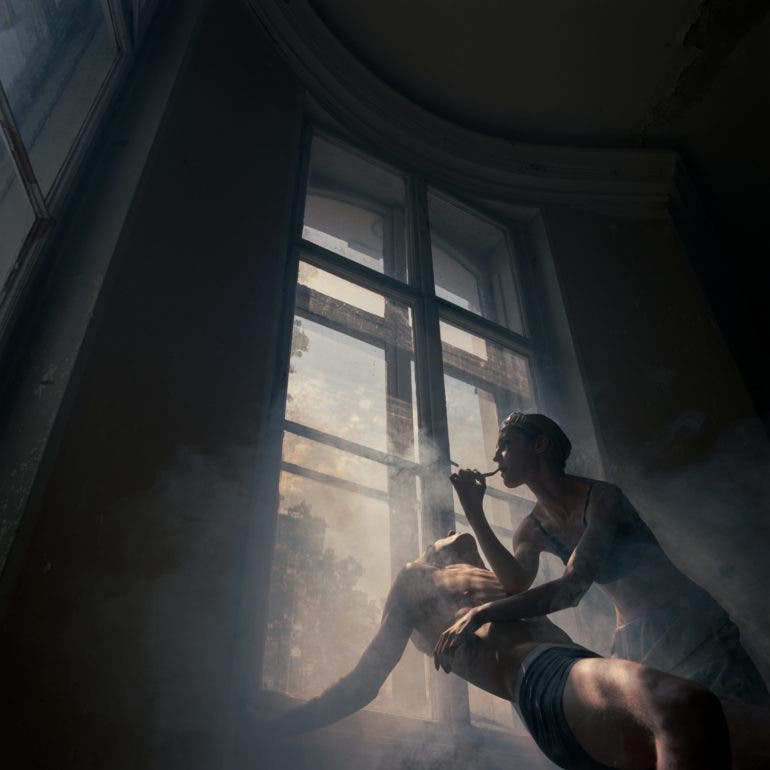
Phoblographer: Hello Titus, please tell us how you first got involved with photography?
Titus Popławski: Hi, during my childhood, my dad gave me my first camera. It was an analog, and at the time, I was around seven years old. It was a different era back then!
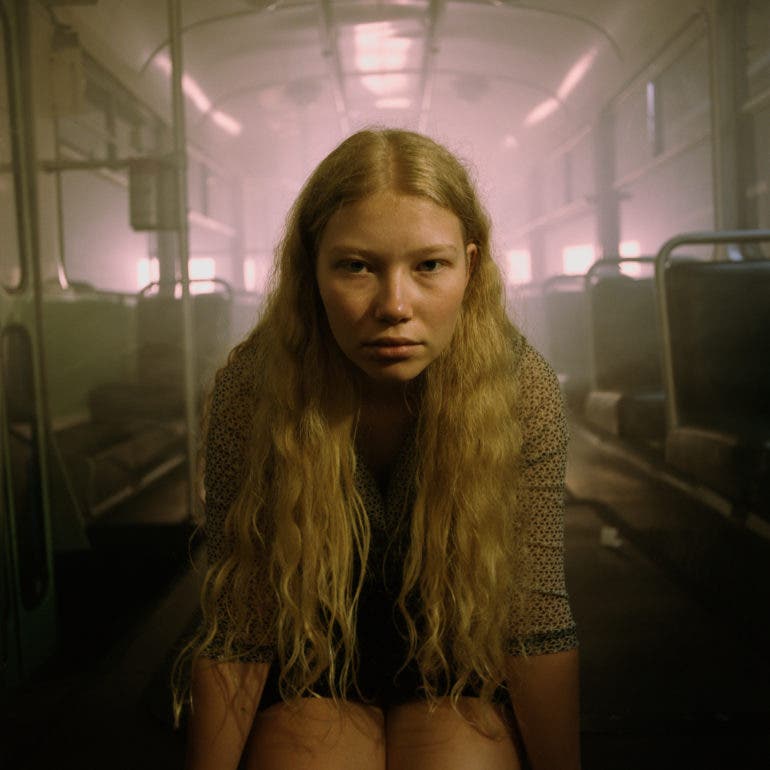
Phoblographer: You’re currently focusing on analog work. Why is that?
Titus Popławski: Working with an analog camera is like working with a partner. I mean is it has its own artistic contribution. At least the photographic film does, rather than the device itself.
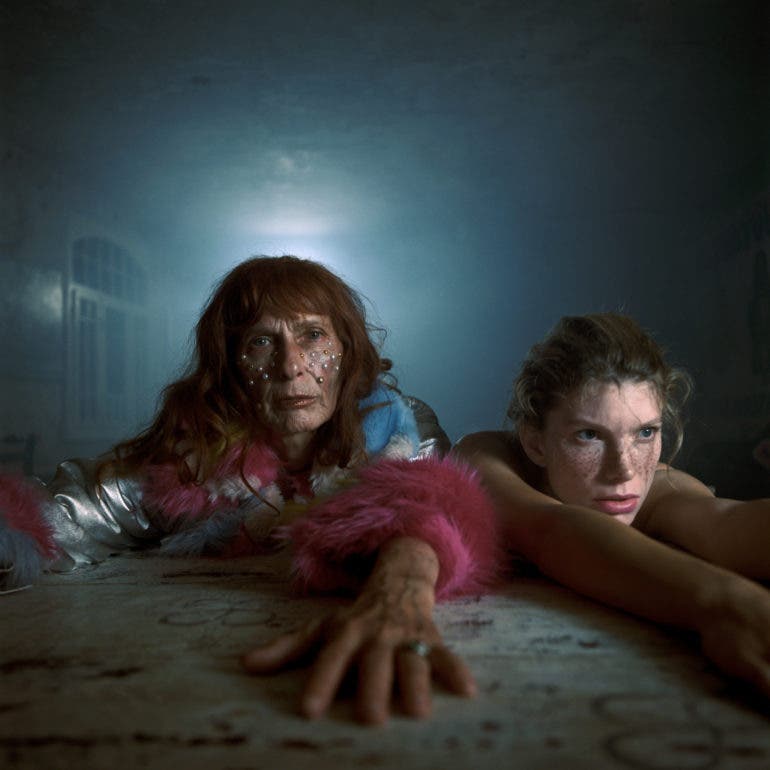
The photographic film has its own character, and I am not talking only about its imperfections, which I love, but about the real impact it has on the final image. This effect is independent and variable. It can be said that the film paints with light and can surprise the photographer. The digital camera is repeatable and perfect. There is no room for understatement.
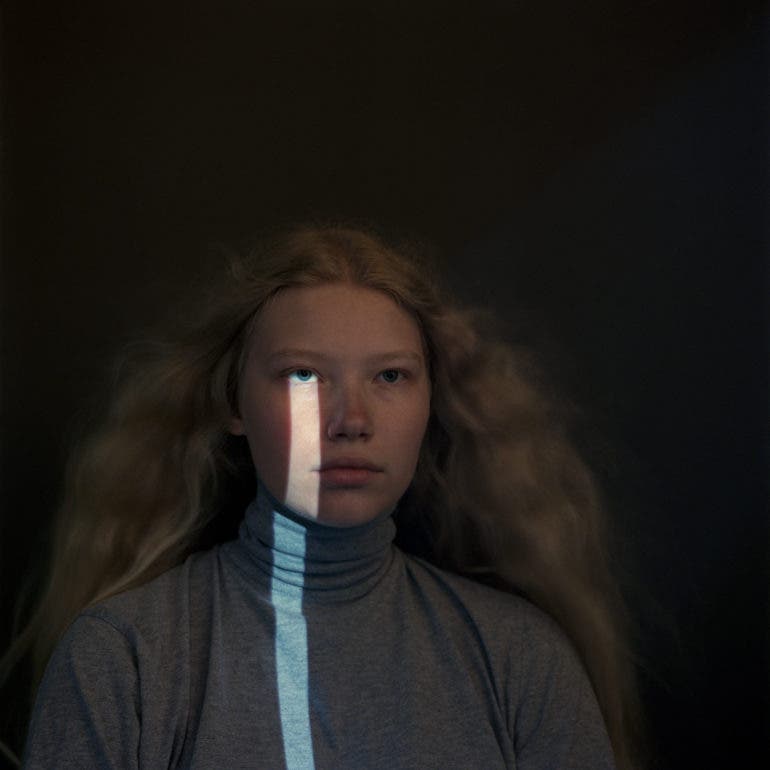
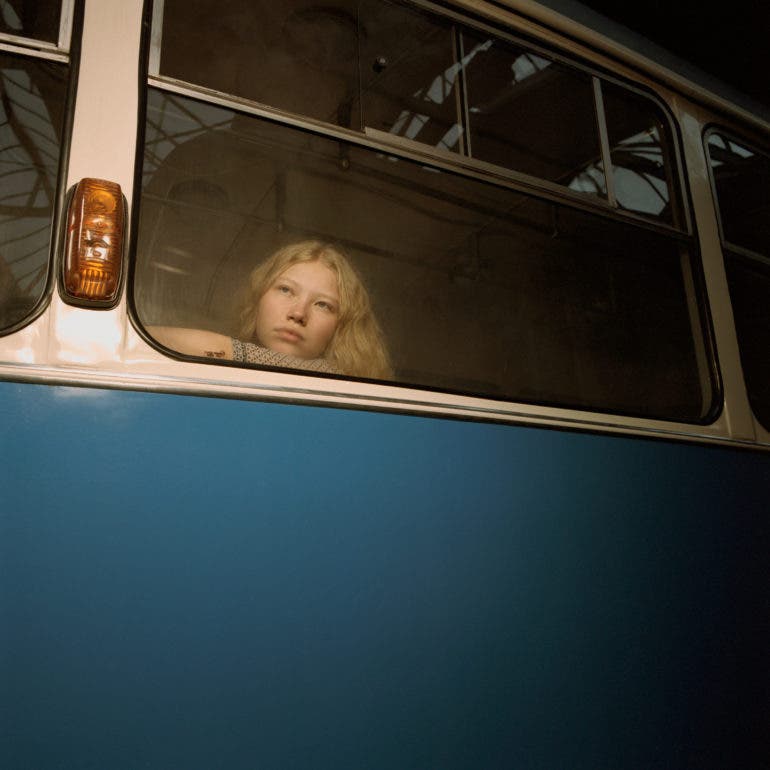
Phoblographer: There’s a dark, moody, mysterious vibe to your images. Please can you explain why that is?
Titus Popławski: I like it when photography leaves a large margin of understatement and allows the viewer to interpret the image. For this reason, I often transfer my actions to some unreal dream world. This world has no limits and lets your fantasies flow. I don’t want the mood of these photos to be dark, but on the other hand, I want it to be moody and mysterious.
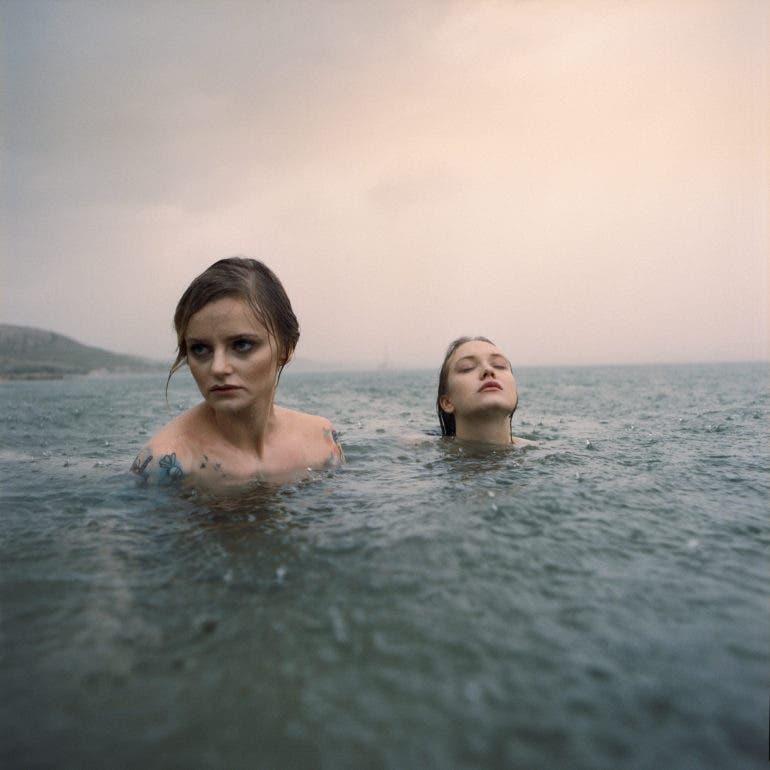
Phoblographer: Emotionally, what does creating photographs mean to you?
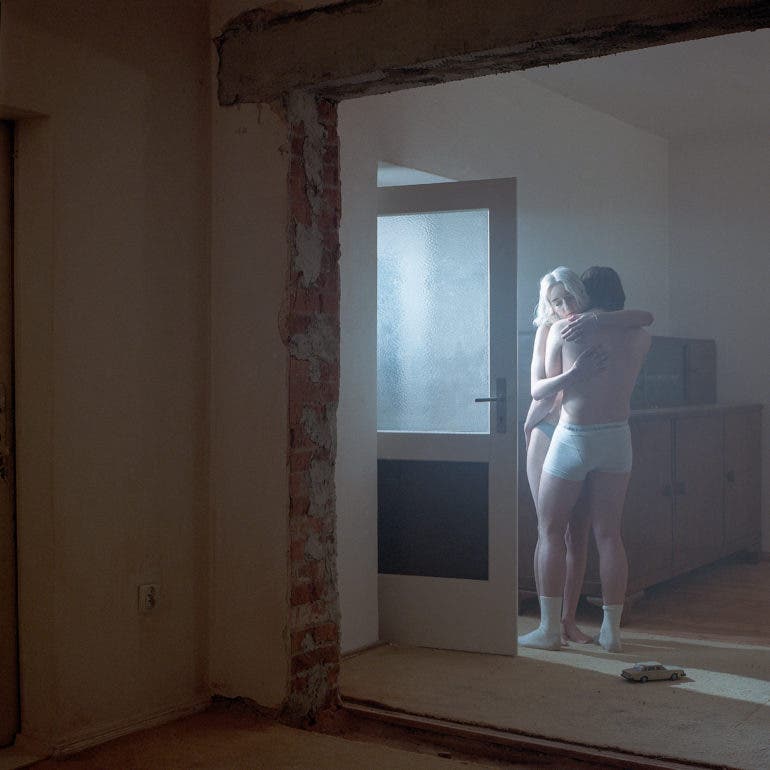
Titus Popławski: It is a pleasure to read pictures because even when creating pictures, we read them more than we create them. Of course, I come up with a topic, find a location, and have an idea, But as I said before, the film does at least half of the work, and when I develop or scan a photo, I start to read it. If the photo talks and says something to me, it means that we did something good, and this is an indescribable pleasure.
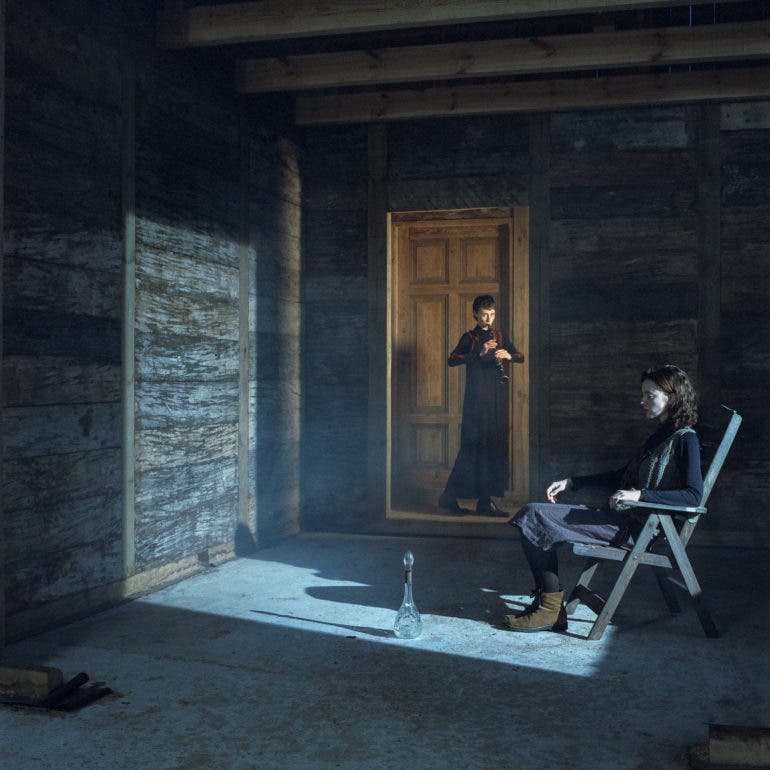
Phoblographer: How do you interact with your models? Do you like to give them plenty of direction or prefer to let them find their own pose?
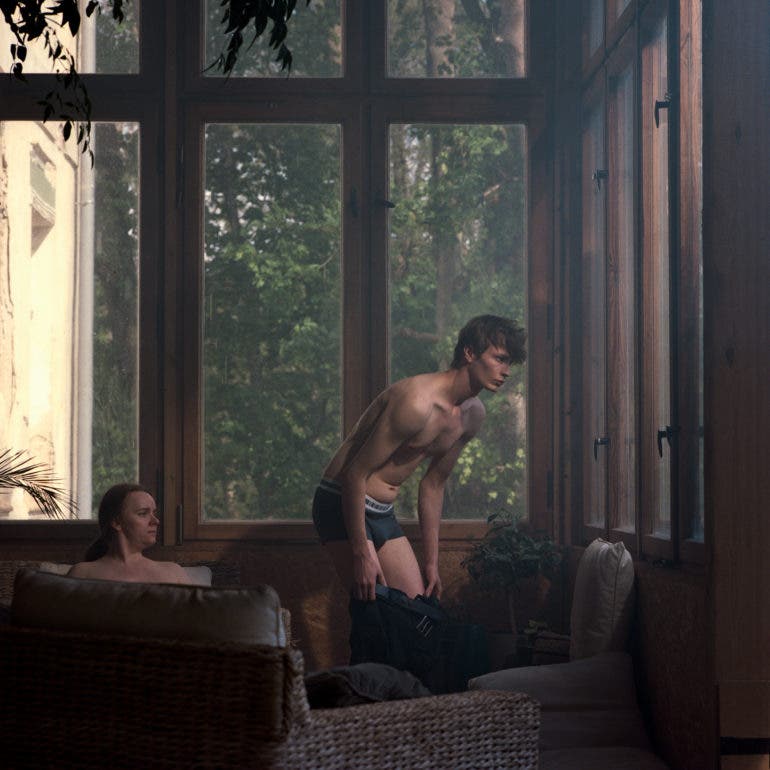
Titus Popławski: I try to let the people I work with know what we’re doing and why we’re doing it. I want them to understand what we want to convey, or what story we want to base our message on. We often come up with some ideas together. I like a coincidence, so the work may start with the words “stand there somehow,” but on this random composition, so to speak, I will work out the details. The proportions or composition are the basis of the photo, so I can improve the details of the setting for one shot in several minutes.
Phoblographer: What do you enjoy the most about shooting portraits?
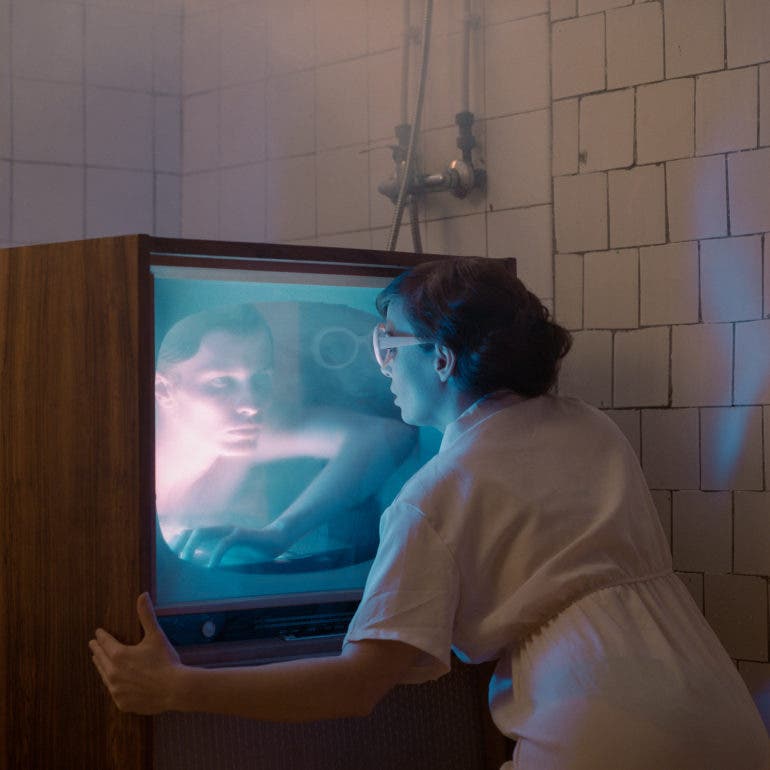
Titus Popławski: People! Working with people. Meeting people is a pleasure and a nice way to spend time.
Phoblographer: What do you enjoy the least?
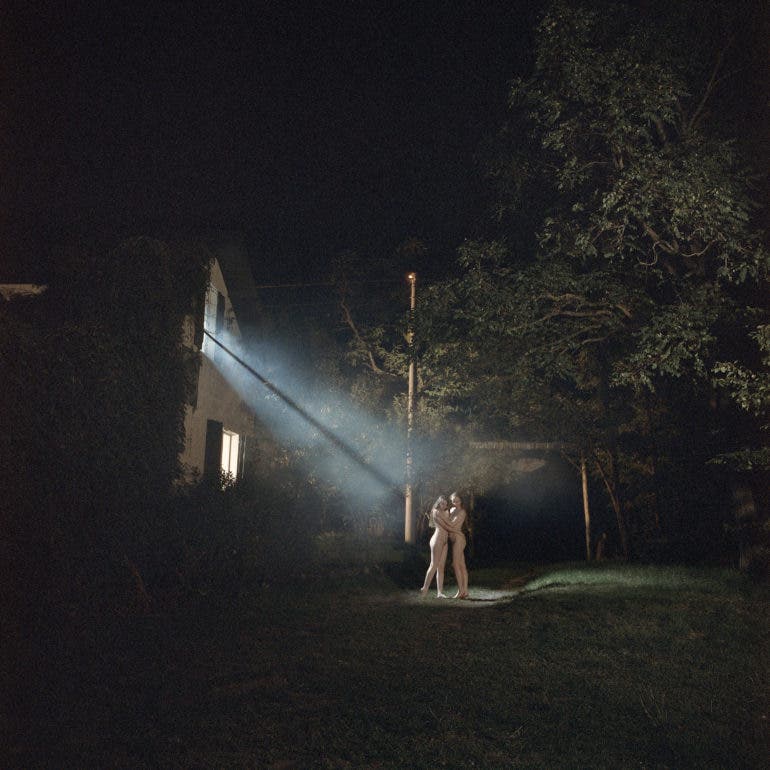
Titus Popławski: If we’re talking about taking portraits or working with people, I like everything because I don’t work with people I don’t want to work with! But my photos often require a lot of work to prepare the scene. I don’t often have an assistant or any technical support during sessions, so I hate carrying lighting stands, connecting and setting lamps, smoke tubes, or other accessories. Recently, it takes me more time to prepare the lighting and the scene than it does making photos!
Phoblographer: Do you spend much time in front of the camera? How do you feel about having your photo taken?
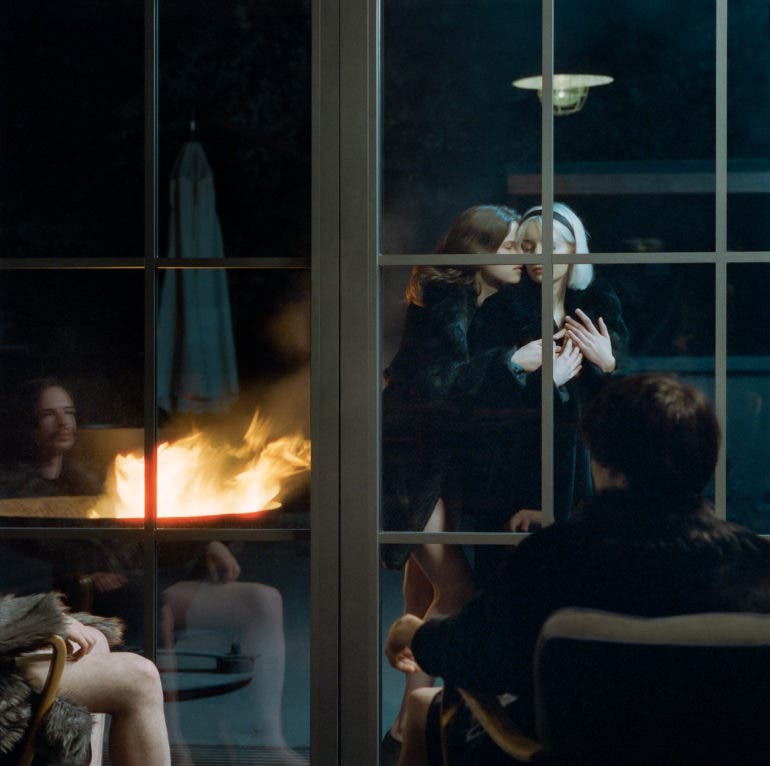
Titus Popławski: I am not a fan of taking pictures of myself, so honestly, I rather avoid it.
Phoblographer: How long did it take you to become satisfied with your photographic style?
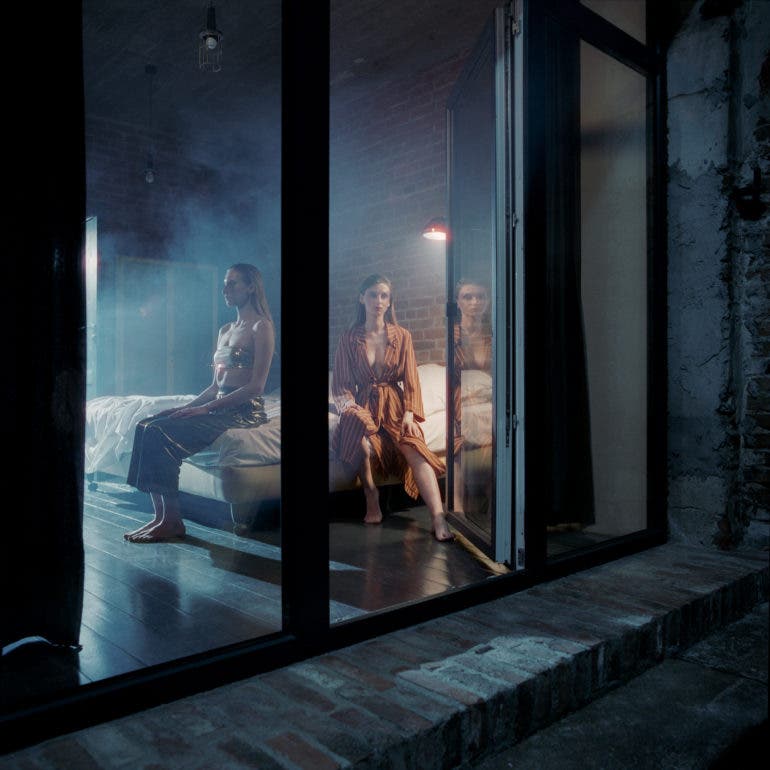
Titus Popławski: Well, maybe sometimes I am happy with my photos, but fortunately, I don’t think that I have achieved a goal or developed a final style. It could mean the end of taking photos! It is learning, striving for something new, and developing that makes us want to work and create.
Phoblographer: How much time do you spend editing your photos? What’s your process like?
Titus Popławski: Honestly, I hardly edit my photos. I do not edit them in Photoshop or any other graphics program. My aim is that the scene is properly lit and prepared when I press the shutter button. The photo should be read. The entire subsequent creation process is limited to scanning, whereas in SilverFast, I try to achieve the final effect of both colors and lights.
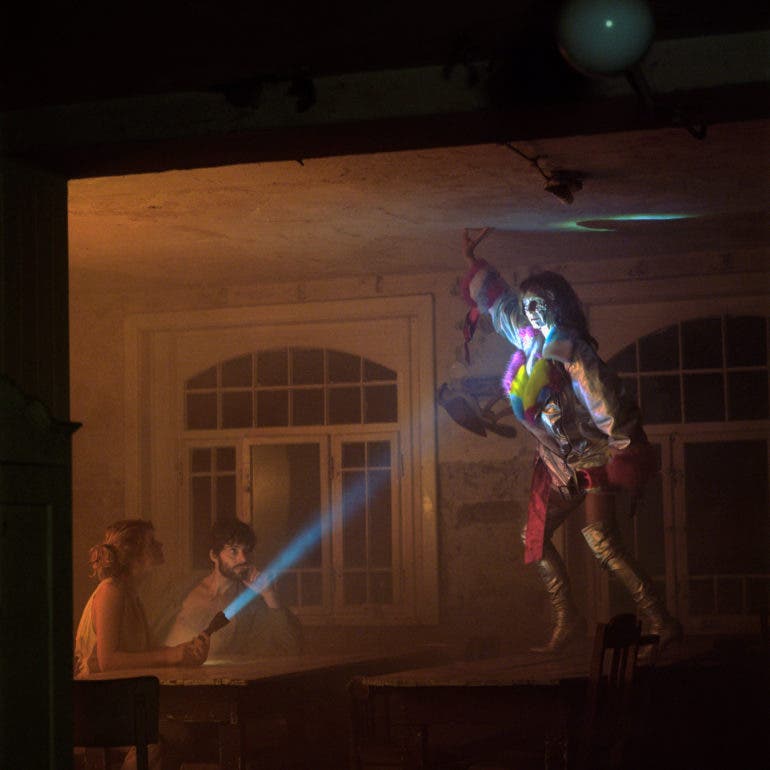
In Photoshop, I limit myself to removing dust and scratches. I do not feel that I need to make any local modifications to the light or color. However, I also don’t believe that analog photos cannot be touched at all. You can do anything that does not change the nature of the photo (for example, in my opinion, you can even delete some disturbing element in the scene, like a power cable, or remove imperfections of the model’s skin if they are minor.)
Phoblographer: You’ve won several awards for your work. Which award meant the most and why?
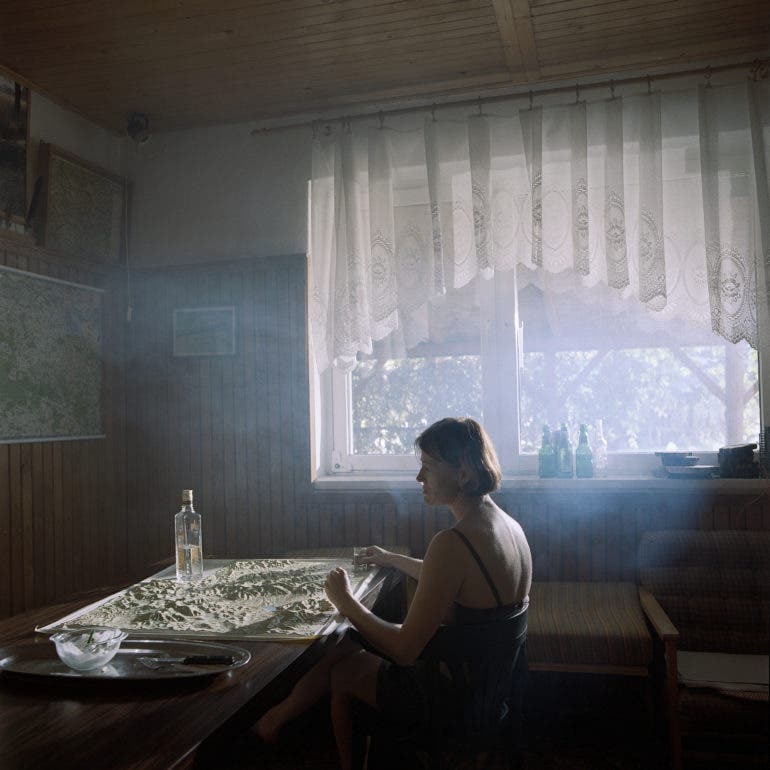
Titus Popławski: Since analog photography is my field of expertise, winning in this category is undoubtedly lovely. The first place in the International Photography Awards in the analog category is an example of this. However, we should probably treat photography as a whole, so it’s nice if the analog photo gets attention (it’s happened to me several times) between technically perfect digital images. Maybe it simply shows that genuine photography is not only about the technical perfection of an image and digital processing. By the way, we don’t take pictures for competitions.
Phoblographer: From a career standpoint, what do you hope to achieve in the future?
Titus Popławski: Seeing my photos hanging in MOMA in NYC, and more seriously, it is enough that someone will want them in their home.
All images by Titus Popławski. Used with permission. Check out his website and Instagram.